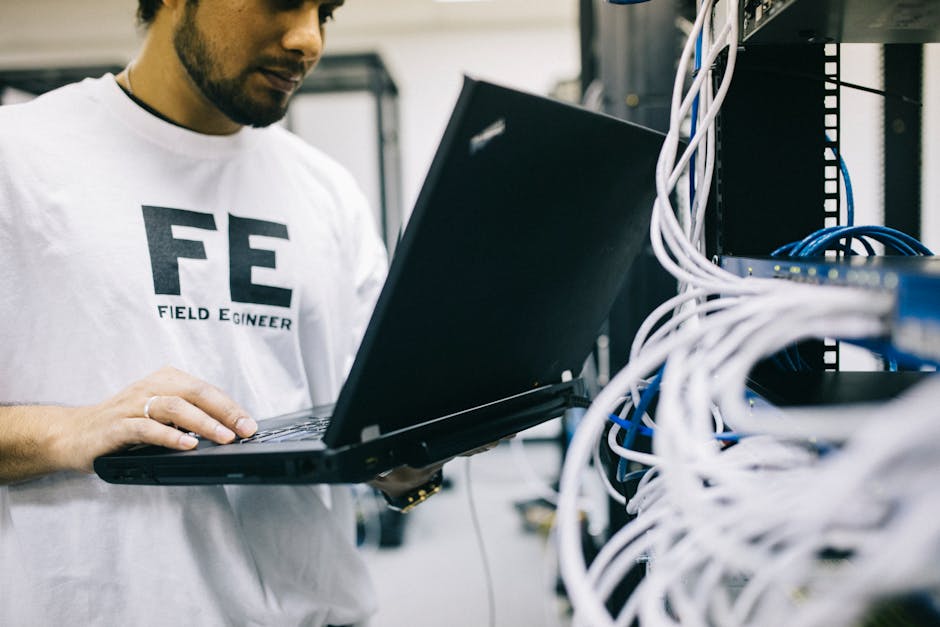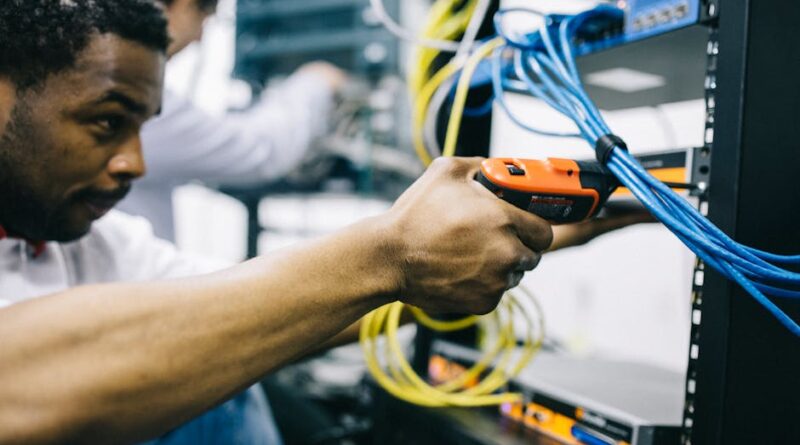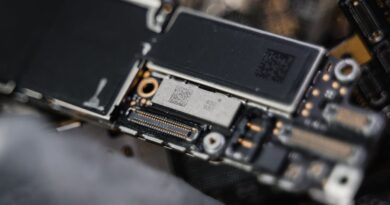Unraveling the Mystery of Internet Troubleshooting
Have you ever found yourself in the midst of a frustrating internet outage, desperately trying to figure out what went wrong? Whether it’s a slow connection, a dropped signal, or a complete loss of internet access, troubleshooting internet issues can be a daunting task for many. In this comprehensive guide, we will delve into the world of internet troubleshooting, exploring the best tips and tricks to help you unravel the mysteries of connectivity woes and get back online in no time.
The Importance of Internet Troubleshooting

Before we delve into the nitty-gritty details of internet troubleshooting, let’s take a moment to understand why it’s important. In today’s digital age, the internet has become an essential part of our daily lives. From remote work and online learning to streaming movies and staying connected with loved ones, a stable internet connection is crucial. When issues arise, knowing how to troubleshoot and resolve them quickly can save you time, frustration, and potentially even money.
Diagnosing Common Internet Issues

One of the first steps in troubleshooting internet problems is identifying the root cause of the issue. Common internet problems can range from slow speeds and intermittent connectivity to complete outages. By understanding the symptoms and potential causes of these issues, you can effectively diagnose and address the problem.
Slow Internet Speeds: Slow internet speeds can be caused by a variety of factors, including network congestion, outdated hardware, or even malware on your device. Conducting a speed test using online tools like Ookla’s Speedtest can help you determine your current download and upload speeds and compare them to what you’re paying for with your internet service provider.
Intermittent Connectivity: Intermittent connectivity issues, where your internet connection drops in and out, can be frustrating to deal with. This could be caused by signal interference, outdated firmware on your router, or even physical obstructions blocking the signal. Checking the placement of your router, ensuring it’s up to date, and minimizing interference from other devices can help stabilize your connection.
Complete Outages: If you’re experiencing a complete loss of internet access, the issue could be with your ISP, your modem, or even a problem with the wiring in your home. Contacting your ISP to check for any known outages in your area and troubleshooting your modem by power cycling it can help determine where the problem lies.
Basic Internet Troubleshooting Tips

Now that we’ve identified some common internet issues, let’s explore some basic troubleshooting tips to help you address these problems effectively:
Restart Your Devices
One of the simplest yet most effective troubleshooting steps is to restart your devices, including your modem, router, and computer or device. Power cycling these devices can help refresh their connections and resolve temporary glitches that may be causing internet issues.
Check Your Cables and Connections
Loose or damaged cables can cause connectivity issues, so it’s essential to check all your cables and connections to ensure they are secure and in good condition. This includes the Ethernet cable connecting your modem to your router, as well as any other cables in your setup.
Update Your Firmware
Outdated firmware on your modem or router can lead to performance issues and connectivity problems. Check for firmware updates on the manufacturer’s website or through the device’s settings menu, and install any available updates to ensure your devices are running smoothly.
Clear Your Cache
Clearing your browser’s cache and cookies can help improve internet performance and resolve issues with slow loading websites. This can be done through your browser’s settings menu, and it’s a good practice to do this regularly to keep your browsing experience optimized.
Run a Malware Scan
Malware or viruses on your device can not only compromise your security but also impact your internet connection. Running a malware scan using reputable antivirus software can help detect and remove any malicious programs that may be affecting your internet performance.
Advanced Internet Troubleshooting Techniques

For more complex internet issues that require advanced troubleshooting techniques, here are some tips to help you navigate the process:
Check Your DNS Settings
Domain Name System (DNS) settings translate domain names into IP addresses to facilitate internet communication. Issues with your DNS settings can cause website loading problems and connectivity issues. Changing your DNS server or flushing your DNS cache can help resolve these issues.
Monitor Network Traffic
Using network monitoring tools like Wireshark or GlassWire can help you analyze your network traffic and identify any unusual or suspicious activity that may be affecting your internet connection. Monitoring network traffic can provide valuable insights into the performance of your network and help pinpoint potential issues.
Optimize Your Wi-Fi Signal
If you’re experiencing Wi-Fi connectivity issues, optimizing your Wi-Fi signal can help improve your internet performance. This includes adjusting the placement of your router, minimizing signal interference from other devices, and upgrading to a newer router that supports the latest Wi-Fi standards.
Update Your Drivers
Outdated network drivers on your computer can lead to connectivity issues and slow internet speeds. Updating your network drivers through the Device Manager or the manufacturer’s website can help ensure your network adapter is functioning optimally and address any compatibility issues.
Consider Quality of Service (QoS) Settings
Quality of Service (QoS) settings on your router can prioritize certain types of internet traffic, such as video streaming or online gaming, to ensure a smoother experience. Adjusting your QoS settings to prioritize critical applications can help optimize your internet performance and reduce lag or latency.
Expert Opinions
We reached out to internet technology expert, Dr. Sarah Johnson, for her insights on the importance of internet troubleshooting. According to Dr. Johnson, “Internet troubleshooting is a critical skill in today’s digital world, as it empowers users to take control of their internet connectivity and resolve issues independently. By understanding the underlying causes of internet problems and implementing effective troubleshooting strategies, users can ensure a seamless online experience.”
Common Misconceptions
One common misconception about internet troubleshooting is that it requires advanced technical knowledge or specialized tools. In reality, many internet issues can be resolved through basic troubleshooting steps like restarting devices, checking connections, and updating firmware. By following a systematic approach and leveraging online resources, users can effectively troubleshoot internet problems without the need for extensive technical expertise.
Conclusion
To wrap things up, internet troubleshooting is a valuable skill that can help you navigate the complexities of connectivity issues and ensure a seamless online experience. By following the best tips and techniques outlined in this comprehensive guide, you can confidently address common internet problems, optimize your network performance, and stay connected in an increasingly digital world. Remember, troubleshooting is a process of trial and error, so don’t be discouraged if the first solution doesn’t work keep exploring, learning, and adapting until you find the right fix.




